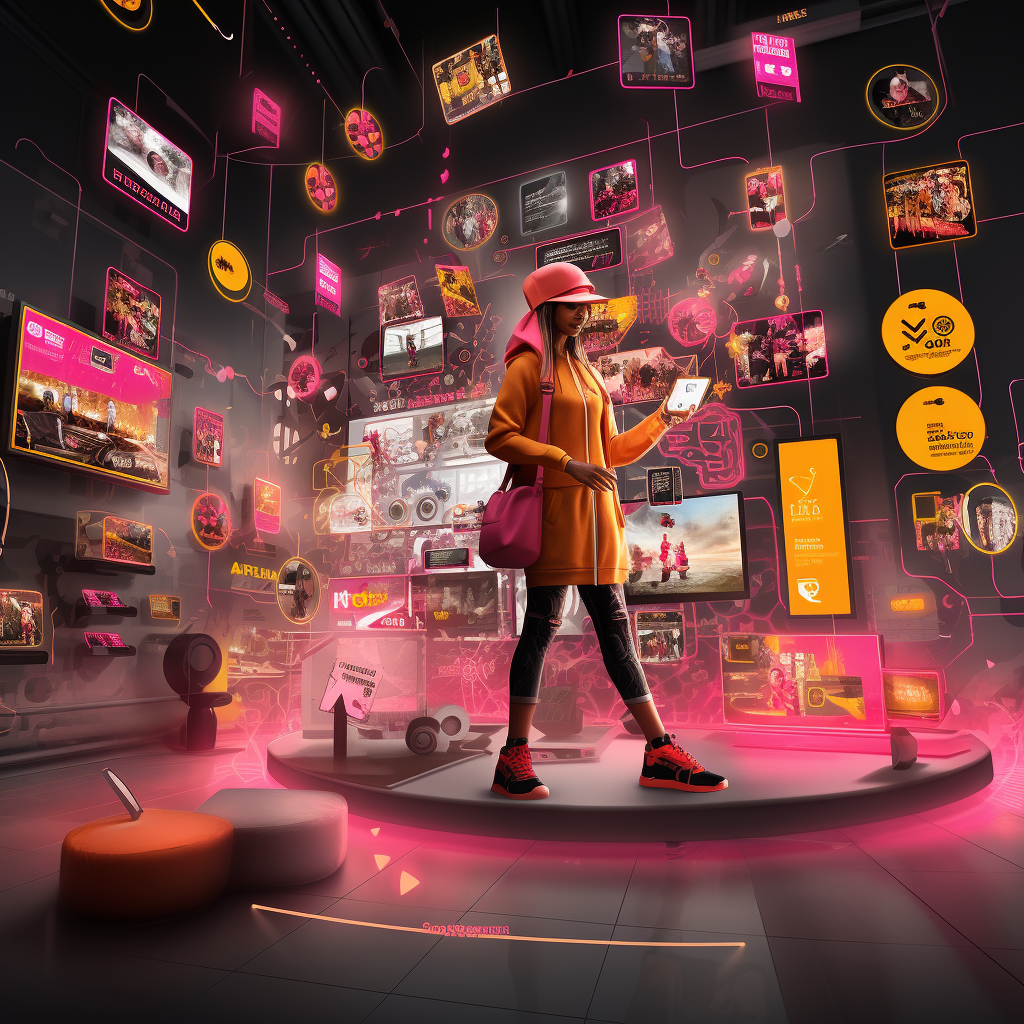
Live shopping has become incredibly popular in recent years, as more and more brands and retailers choose to embrace it. This form of live sales allows consumers to interact directly with brands and products, which can boost engagement and give them a more personalized shopping experience. But what attracts consumers to live shopping, and how does it influence their purchasing behavior? In this blog post, we'll look at the psychology behind live shopping to better understand why it's so popular and how you can leverage it for your brand.
The human connection
One of the main reasons why live shopping is so popular is that it allows consumers to connect directly with brands. This can create a sense of closeness and trust between consumer and brand, which can lead to stronger engagement and increased loyalty. Brands can also take advantage of this connection to get real-time feedback on their products and customer service.
Fear of running out
Live shopping is often used to promote special offers, temporary promotions and limited edition products. This creates a sense of urgency among consumers and an incentive to act quickly before the offers disappear. The FOMO (Fear Of Missing Out) mentality can lead consumers to make impulse purchases during live shopping.
What's new
Live shopping is a relatively new marketing strategy that can attract consumers' attention simply because of its innovative nature. Consumers are often curious to discover new things, and live shopping can fulfill this desire by offering a unique shopping experience.
Customization
Live shopping offers brands the opportunity to interact with consumers in real time, meaning they can personalize the shopping experience to suit individual needs and preferences. Brands can use consumer feedback to tailor their presentation, tone and style of live selling to their target audiences.
Confidence
Live shopping can help build trust between consumers and brands, by offering greater transparency on products and production processes. Seeing a product presented live, rather than simply as an image on a website, can help consumers better understand what they're buying, which can reduce returns and exchanges.
Consumers are attracted to live shopping for many different reasons, but human connection, fear of missing out, novelty, personalization and trust are all important motivators. Leading brands and retailers can leverage these factors to create engaging live shopping experiences that enhance their relationship with consumers and stimulate their buying behavior. Ultimately, live shopping is more than just an ephemeral trend - it's an effective sales strategy that responds to fundamental human desires for connection and sharing.